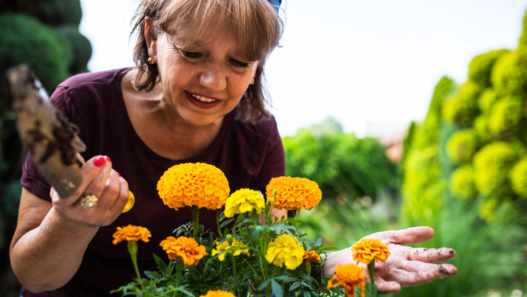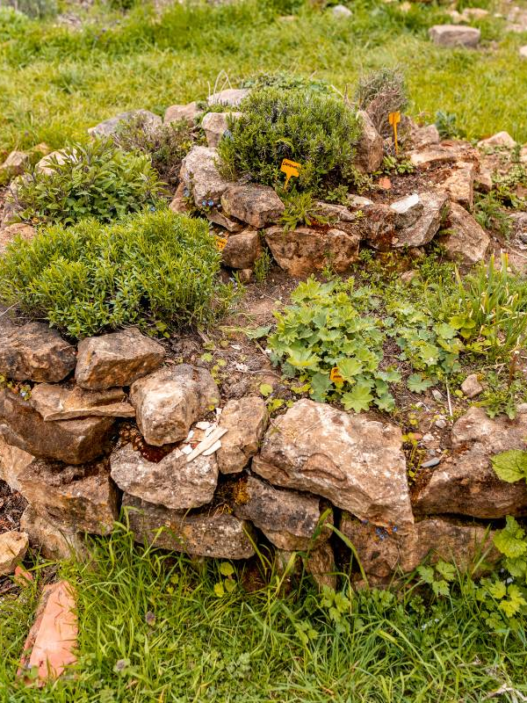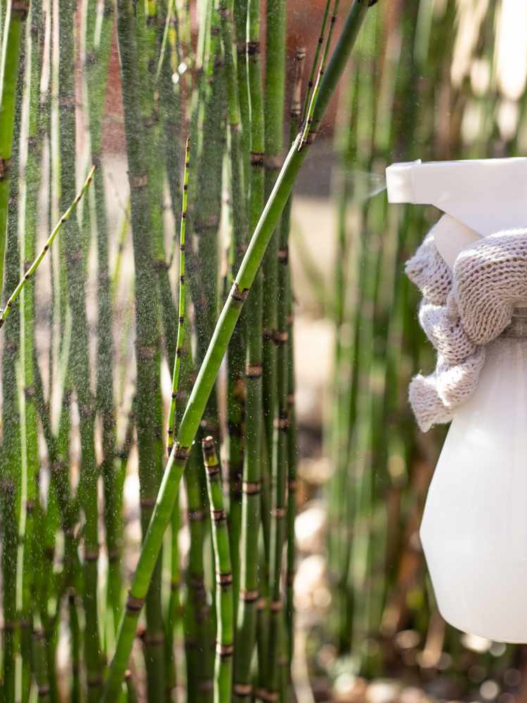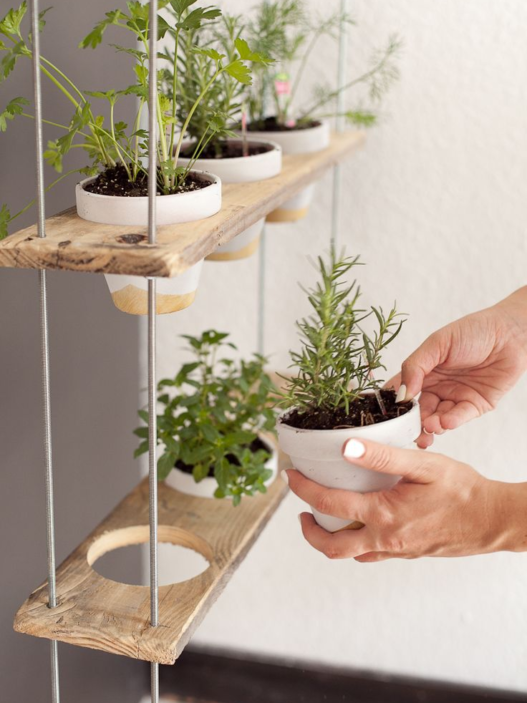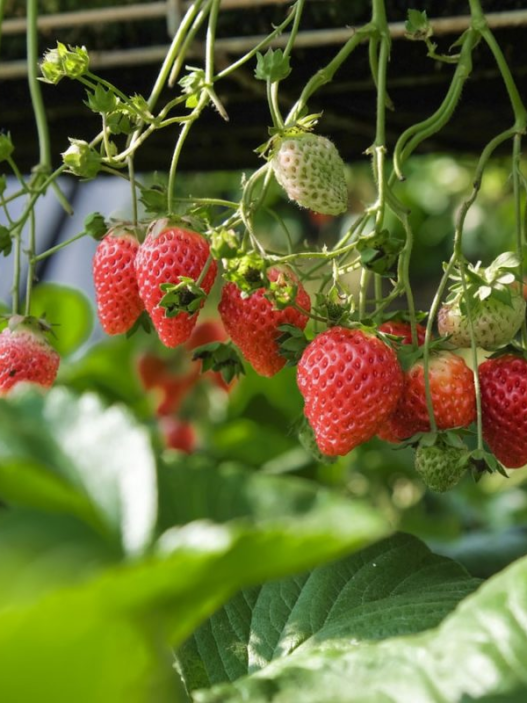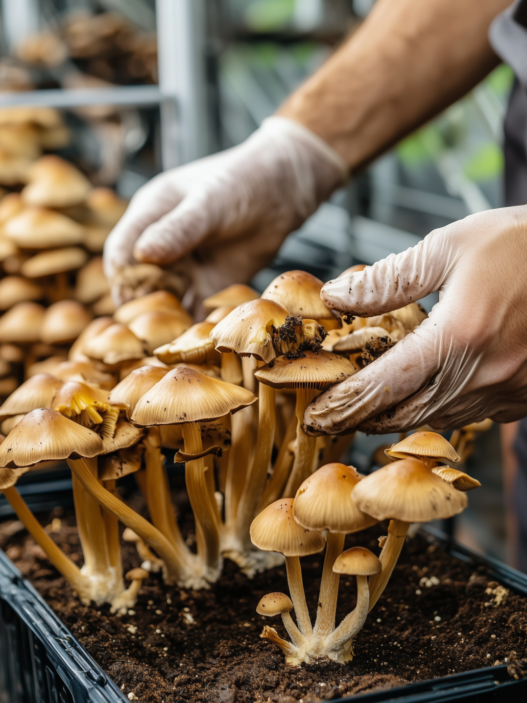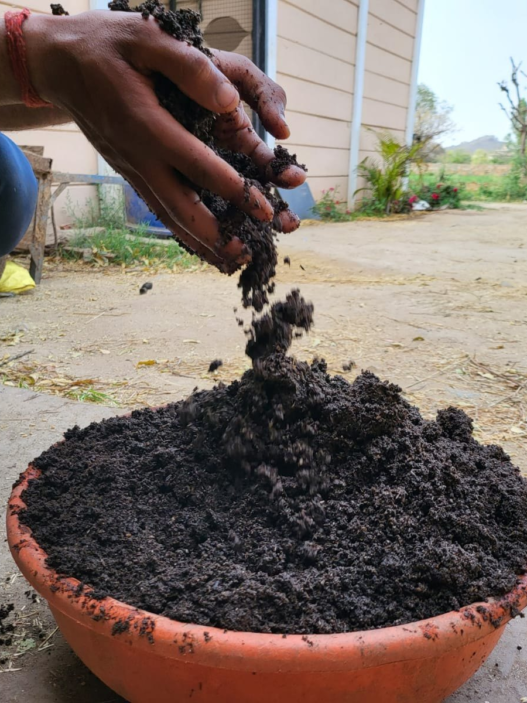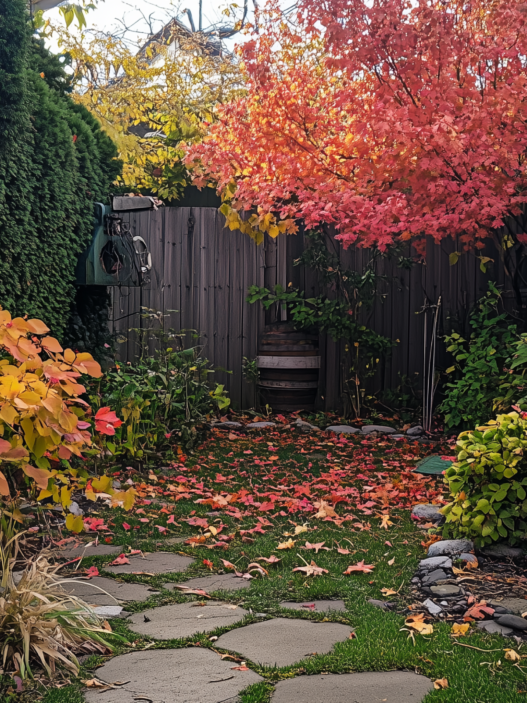Introduction to Marigolds or the Creativity of the Gardener
A garden is a place where our creative ambitions come to life. I love imagining the garden as a limitless field of possibilities for bringing our ideas to fruition.

Every artist needs tools. I believe marigolds are a great way to unlock the potential of your garden, decorate it, and add uniqueness.
What do you need to know to make marigolds a joy to your eyes and not make you spend all your nerve cells on growing and caring for them? In this post, I will try to cover all the necessary aspects of growing marigolds that I have tested myself.
By the way, in my garden, marigolds have thrived, which I am immensely happy about. So, let’s go!
Overview of Marigolds
Marigolds are bright, cheerful flowers known for their vibrant colors and ease of cultivation. They belong to the genus Tagetes and are a popular choice among gardeners due to their versatility and beneficial properties.
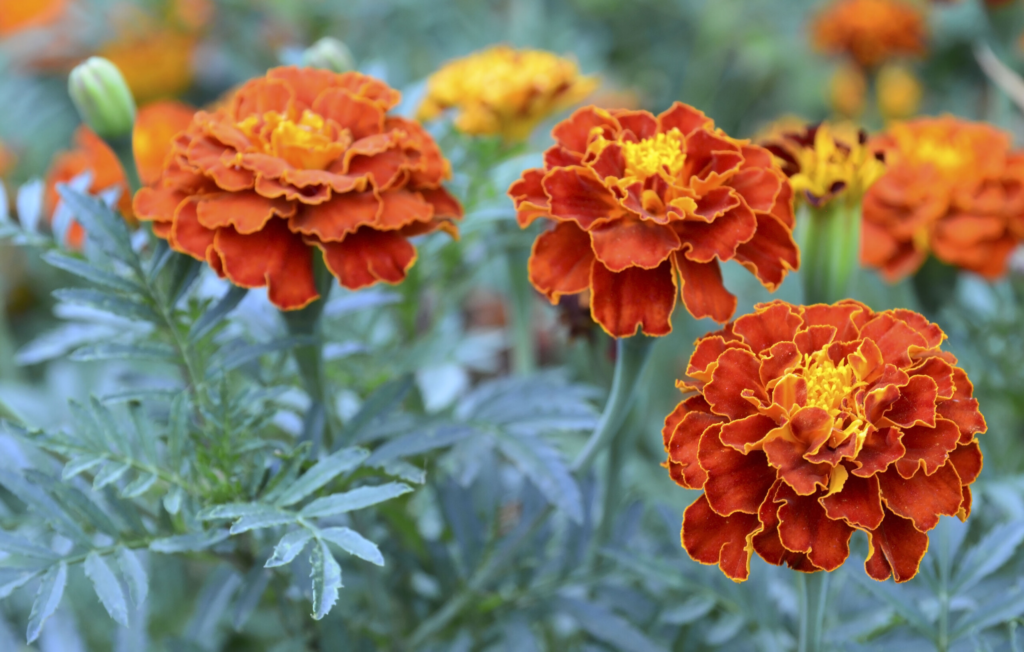
History and Origin of Marigolds
Marigolds have a rich and fascinating history. They come from Central and South America, where ancient civilizations like the Aztecs valued them. The Aztecs used marigolds for their healing properties and in their medical ceremonies. These bright flowers were more than just decoration; they had a special place in their culture and rituals.
When marigolds were introduced to Europe, they quickly became popular. Their vibrant colors and ease of growing made them a favorite among gardeners. Today, you can find marigolds all over the world. They are loved not just for their beauty but also for their practicality. Whether used in gardens, festivals, or traditional medicine, marigolds have a timeless appeal.

Did you know that marigolds were Shakespeare’s favorite flowers? Shock!
Types of Marigolds
There are several types of marigolds, including:
- African Marigolds (Tagetes erecta)
- French Marigolds (Tagetes patula)
- Signet Marigolds (Tagetes tenuifolia)
Each type has unique characteristics and ideal growing conditions. In my garden, French marigolds have performed best. I don’t know why, but they are less demanding at the planting stage and require much less care during the growing phase.
Basics of Caring for Marigolds in the Garden
Benefits of Marigolds in the Garden
I believe one of the strongest benefits of marigolds is attracting pollinators (besides, of course, the beauty of these wonderful flowers).
My neighbors also appreciate marigolds for their ability to repel pests.
Additionally, I have noticed that over the past few years, the soil condition around these flowers has significantly improved, benefiting other plants nearby. I consider this a definite plus for your garden.
Common Varieties of Marigolds
As mentioned above, the common varieties include:
- Large, bright African marigolds
- More compact, bushy French marigolds
Signet marigolds are smaller and often used for edging and in containers.

Personally, I prefer working with African marigolds due to their wonderful aroma and size. Perhaps it’s just my love for everything maximally bright and large, but I can’t help it.
Are Marigolds Perennials?
Marigolds are usually grown as annuals in most climate zones. In the USA, marigolds are definitely considered annuals. However, in frost-free regions, they can behave as perennials and provide continuous blooming.
Planting Marigolds in the Garden
Where to Plant Marigolds in the Vegetable Garden
Marigolds are great for mixed plantings with vegetables.
I have tested planting marigolds with the following crops:
- Tomatoes
- Peppers
- Beans
Marigolds have a positive effect on the soil and repel pests, as described above, making them undoubtedly helpful in any vegetable garden. Even in a small one like mine.
Best Place to Plant Marigolds
Sun + well-drained soil. These are probably the main “requests” of marigolds. The more sun, the better. However, these wonderful flowers can also tolerate partial shade.

And, of course, don’t forget to provide enough space in the soil for vigorous marigold growth.
Best Soil for Marigolds
Marigolds prefer slightly acidic to neutral soil (pH 6.0-7.0). They are not too picky about soil type but grow best in well-drained, fertile soil enriched with organic matter.
I recommend not skimping on fertilizers, as they are the key to good growth for your plantings.
Step-by-Step Guide to Planting Marigolds in the Garden
Fortunately, this process is not particularly complicated. It’s simple:
- Prepare the soil: Loosen the soil to a depth of 15-20 cm and mix it with compost or well-rotted manure.
- Spacing: Space marigold plants 20-45 cm apart, depending on the variety.
- Planting: Dig a hole deep enough to cover the root ball, place the plant in it, and fill with soil.
- Watering: Water thoroughly after planting and keep the soil moist but not waterlogged.
Marigolds in Different Garden Conditions
As I wrote at the beginning, we are creators, and our garden is our creation. The conditions we choose for growing, the “neighbors” we select, and the aesthetics we create for our “newcomers” determine the overall look of our garden.
Let’s get inspired by examples of using marigolds in various contexts!
Marigolds in Hanging Baskets
Marigolds can be grown in hanging baskets, creating a cascade of flowers. Use compact varieties such as French marigolds and ensure good drainage.

Garden Design Ideas with Marigolds
Incorporate marigolds into your garden design by using them as border plants, in mixed flower beds, or as accents in garden containers.
Flower Bed Ideas with Marigolds
Create stunning flower beds by mixing marigolds with other annuals and perennials. Their bright flowers beautifully contrast with plants such as salvias, zinnias, and petunias.

Landscape Design Ideas with Marigolds
Use marigolds in landscape design to add color to paths, around garden features, or in front of shrubs and taller plants. They are suitable for both formal and informal gardens.
Growing Conditions for Marigolds
We want freshly planted flowers to grow quickly and harmoniously. Let’s look at the main question that arises for everyone holding a packet of seedlings.
Do marigolds grow in the shade? The lighting requirements for marigolds are very simple: they can grow in partial shade, receiving at least 4-6 hours of sunlight a day.
However, marigolds are very “sunny” plants. They need a lot of sun. Avoid planting them in full shade, as this can hinder their growth and flowering (they may become elongated and produce fewer flowers).
Mixed Plantings with Marigolds
Are Marigolds Good for the Garden?
I’m sure no one will say otherwise! Marigolds attract pollinators, repel pests, and can improve soil health by suppressing harmful nematodes.
Bad Companions for Marigolds
Avoid planting marigolds near beans or cabbage, as they can inhibit the growth of these vegetables. Other crops perform well next to them and, moreover, receive additional benefits (I described them in the next point).
Pest Control with Marigolds
Do Marigolds Repel Insects?
Yes, marigolds have natural pest-repellent properties (check our post about 9 bugs that marigold repels). Their scent repels many common garden pests, making them a valuable addition to any garden. Plant marigolds around the garden’s perimeter or between other plants to create a natural pest barrier. This eco-friendly approach reduces the need for chemical pesticides.
In my garden, marigolds appeared 2 years ago, and I can say that my pest control costs have decreased by about 15% since they appeared. Great, right?
Caring for Marigolds
Watering
Marigolds prefer moderate watering. Water them deeply once a week, allowing the soil to slightly dry out between waterings. Avoid overhead watering to prevent fungal diseases.
Fertilizing
Feed marigolds with a balanced water-soluble fertilizer every 4-6 weeks during the growing season. Avoid over-fertilization, which can lead to lush foliage growth but fewer flowers.
Pruning and Deadheading
Regularly remove dead flowers to encourage continuous blooming. Trim overgrown plants to maintain their shape and promote bushier growth.
Pest and Disease Control
Marigolds are generally resistant to pests, but they can be affected by spider mites, aphids, and slugs. Treat infestations with insecticidal soap or neem oil. Ensure proper spacing and air circulation to prevent fungal diseases.
Harvesting and Using Marigolds
How to Harvest Marigold Flowers
Harvest marigold flowers in the morning after the dew has dried. Use sharp scissors to cut the stems, leaving enough foliage for the plant to regenerate.
Using Marigold Flowers in Cooking and Medicine
Marigold flowers can be used in salads, teas, and as a natural dye. They have anti-inflammatory and antiseptic properties, making them useful in traditional medicine.
To be or not no be?
In short, are marigolds worth your time and effort to grow?
I can confidently say yes. Marigolds are versatile, easy-to-grow flowers that not only delight the eye but can also improve the microclimate in your garden or vegetable patch.
Great companions, unpretentious, and very beautiful. Their ability to grow in various conditions makes them a valuable addition to any garden.
